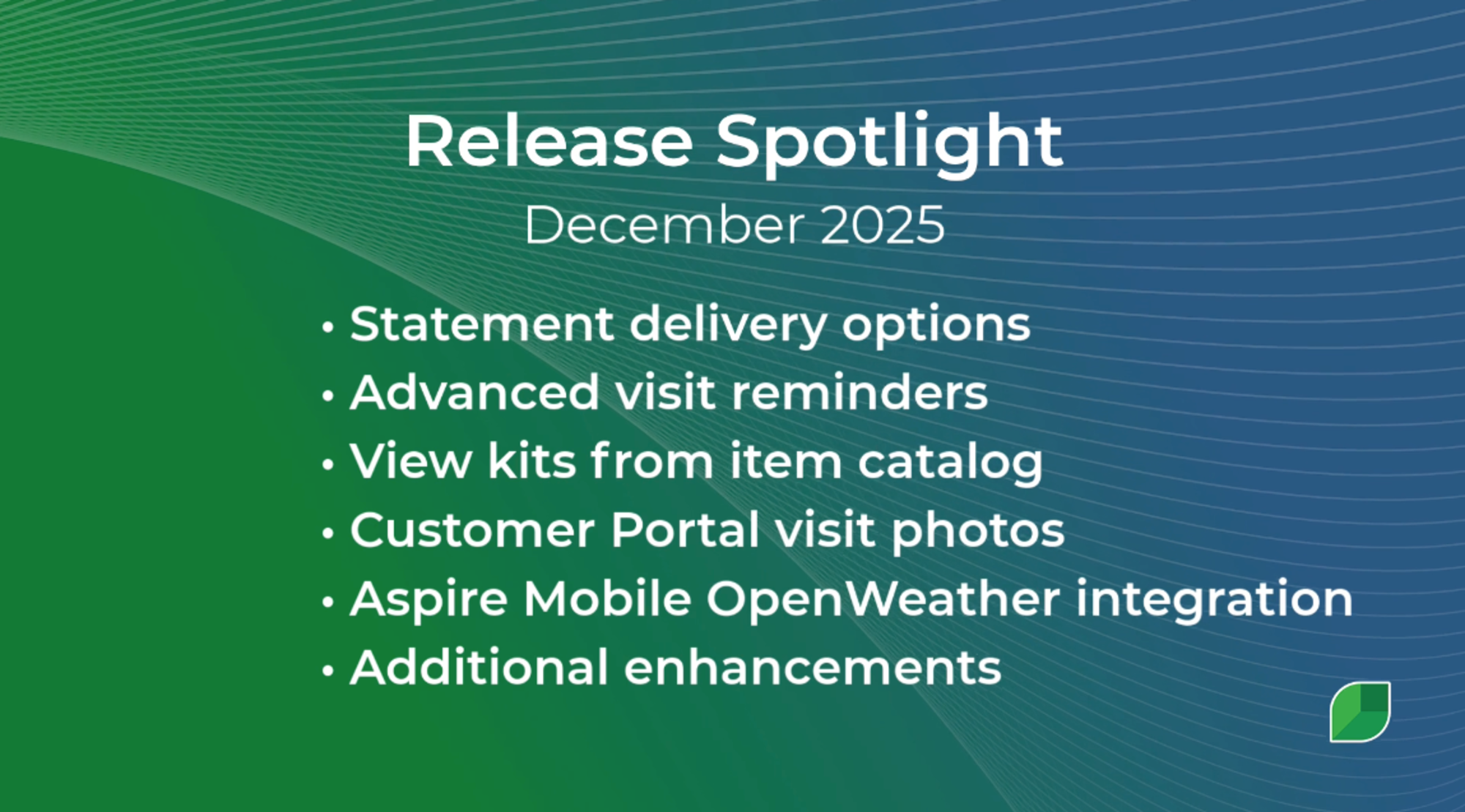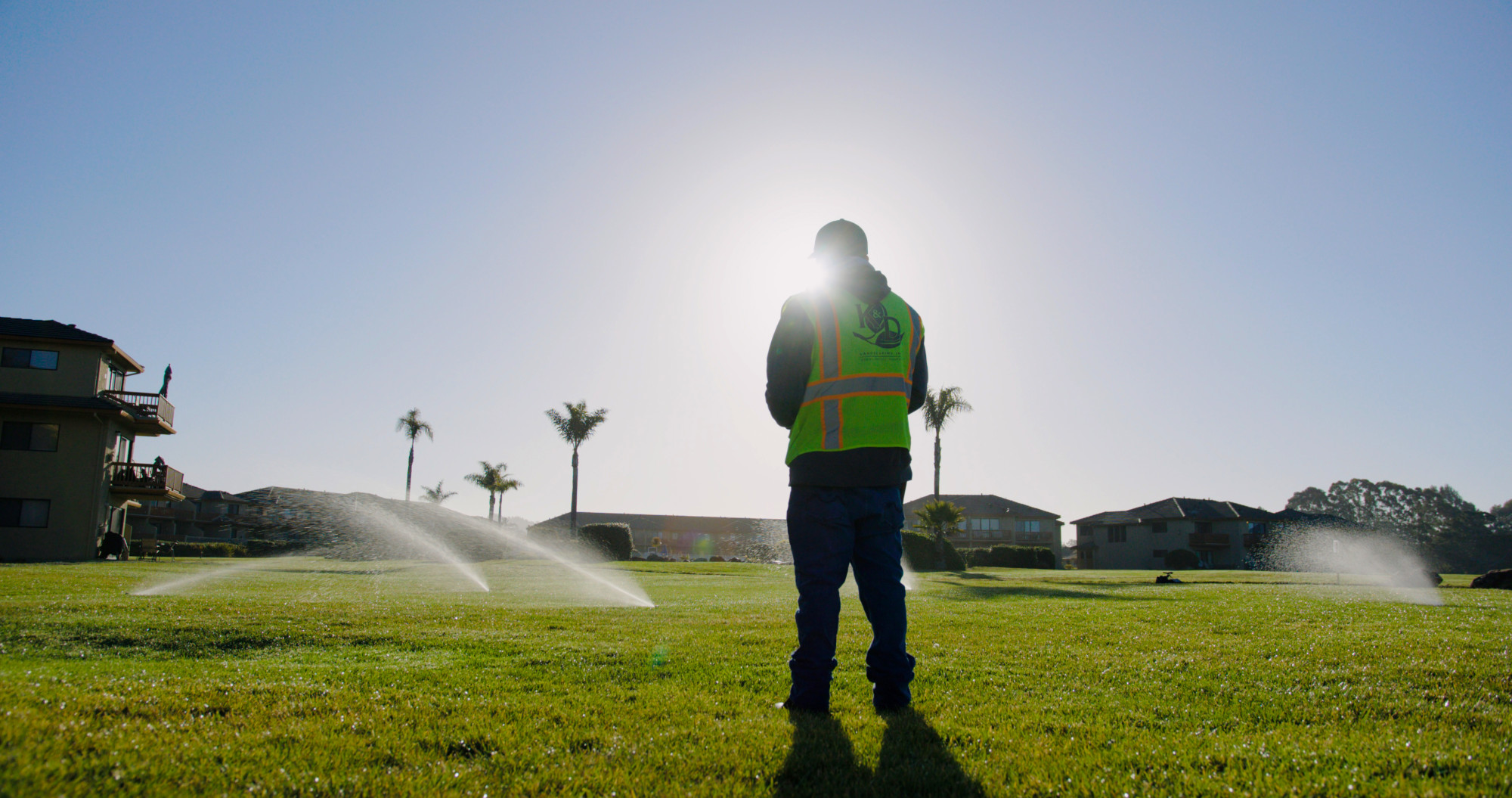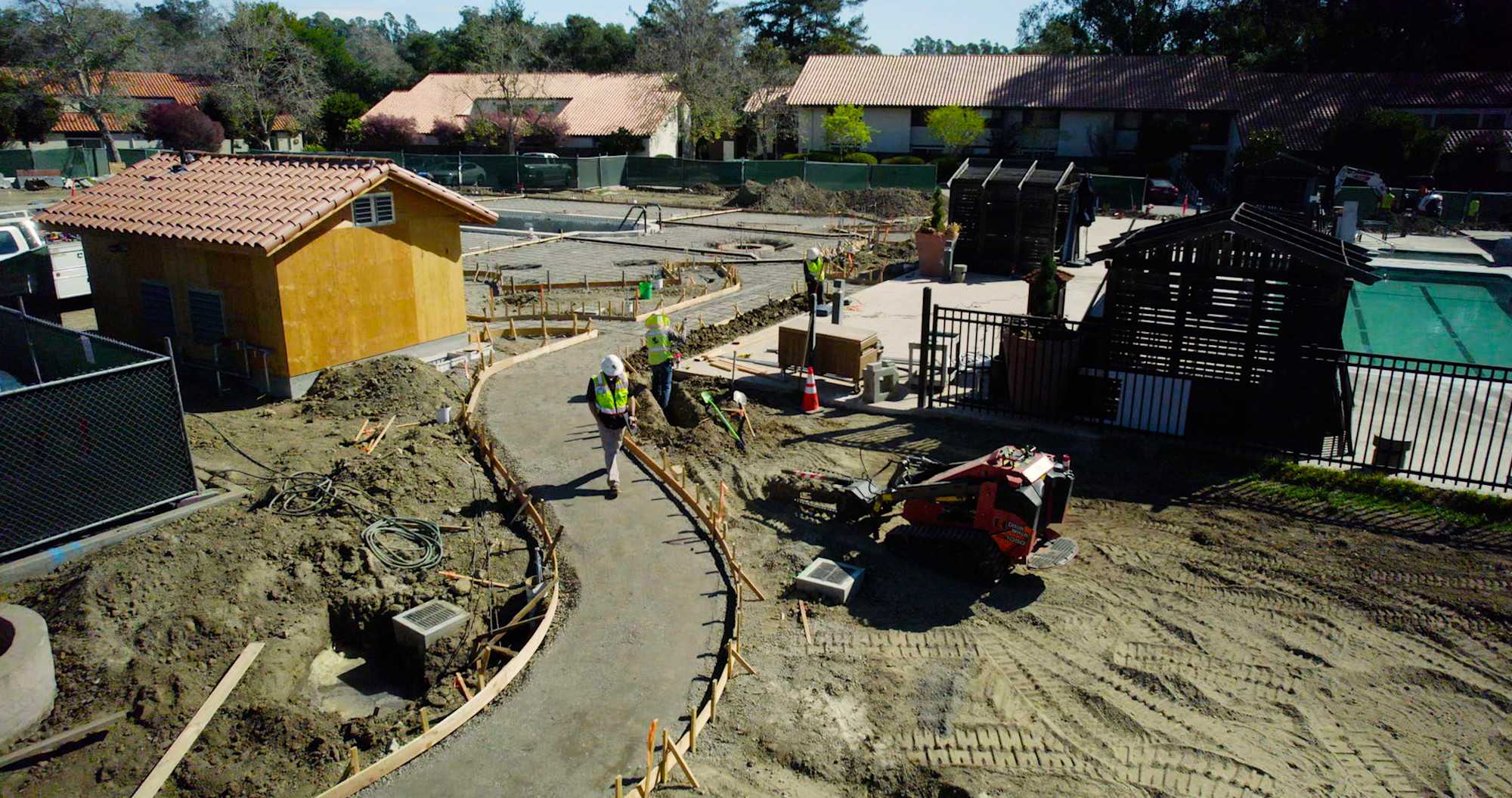“We just didn’t get the bid out fast enough.”
It’s a frustrating but familiar refrain for many landscaping companies, especially those bidding on high-volume commercial work or complex design-build projects. You know the scope and your margins, but by the time your estimate is ready, the client’s already chosen someone else.
Accuracy is always essential, but speed is now a competitive edge.
In today’s market, prospects expect quick turnaround on proposals, especially for routine maintenance or enhancement work. If your team can’t respond in time, it’s not your price that loses the job—it’s your process.
The challenge?
Most estimating teams are already stretched thin, juggling:
✕ Rushed site visits
✕ Manual takeoffs
✕ Spreadsheet-based workflows
The result is a bottleneck that quietly costs your business lost revenue, strained staff, and missed opportunities.
This article unpacks the true cost of slow estimating—from reduced bid volume to declining win rates—and lays out practical ways to speed up without sacrificing accuracy. If you’re losing jobs you should be winning, the problem might not be in your pricing.
It might be in your process.
Estimating Bottlenecks Is More Expensive Than You Think
Most landscaping businesses don’t fully realize how much slow estimating is costing them—until it’s too late. When your team can’t turn around bids quickly, the consequences ripple beyond a few missed deadlines.
The most obvious cost is lost revenue. If you're consistently late in submitting bids, you’re not even in the running to close the deal.
Miss just 10 opportunities a year, each worth $50,000, and you're looking at $500,000 in unrealized revenue. Assuming your pricing was competitive, speed would have given you a chance to increase revenue by half a million.
Then there’s the operational pressure. When estimates are delayed, production gets compressed. Crews are rushed, schedules are juggled, and quality can suffer—all because the job started behind before it even began.
Many companies also rely heavily on one or two senior estimators, creating a single point of failure. If those individuals are overwhelmed or unavailable, the entire estimating function stalls. As pressure builds, the risk of errors increases:
Missed line items
Inaccurate assumptions
Scope oversights that hurt margins and client trust
The bottom line: slow estimating isn’t just an inconvenience. It’s a strategic weakness.
If you’re serious about growth, your estimating process needs to move as quickly as your sales pipeline.
What Slows Estimators Down?
When your estimator spends more time formatting spreadsheets than building estimates, it’s a clear sign that your workflow needs attention. Time lost to admin, rework, or chasing details doesn’t just slow things down—it actively blocks revenue.
Here are some of the most common culprits behind sluggish estimating processes:
Manual Takeoffs If your team still uses PDFs, screenshots, or creates manual takeoffs by walking properties with paper and pen, you're already behind.
These methods are time-consuming, error-prone, and hard to replicate at scale.
No Standardized Templates or Workflows Each bid becomes a one-off without consistent templates for standard job types or a clear estimating workflow.
Estimators waste time reinventing the wheel and formatting documents from scratch.
Chasing Down Information Need to know the latest mulch cost?
Want to reuse a successful bid from last season? Without a central database, estimators spend hours searching old emails, folders, and spreadsheets to find the needed data.
Disorganized Property Records Missing site maps, outdated photos, or incomplete scope notes lead to back-and-forth communication with clients and sales teams.
Every delay adds up, especially when multiple stakeholders are involved.
Generic Software Tools Spreadsheets and word processors aren’t built for landscaping estimates. They lack automation, version control, and integration with other systems, forcing estimators to do double the work just to stay organized.
The result?
Bids take longer, errors creep in, and your team gets caught in a reactive cycle. Speed and accuracy don’t have to be mutually exclusive—but only if your tools and processes are built to support both.
The High Cost of Inaction
Delays in estimating don’t just cost you bids—they affect your reputation, operations, and team. When it takes days—or even weeks—to turn around a proposal, clients notice.
→ Slow response times signal disorganization to clients and raise doubts about how smoothly the job will run.
While you're still finalizing an estimate, your competitor has already:
✓ Submitted theirs
✓ Followed up
✓ Scheduled a walkthrough
You’re not just missing deadlines—you’re giving the advantage to your competitors.
Sales teams feel the strain too. When they can’t rely on timely quoting, their momentum stalls. They spend more time chasing estimates than closing deals. Opportunities slip through the cracks, and confidence in the process erodes.
The field also suffers.
When a job finally comes through, crews have to mobilize at the last minute. Rushed starts, unclear scopes, and tight schedules increase stress, reduce quality, and damage morale.
As your business scales, these issues multiply.
More bids mean more pressure on your estimators. Without streamlined systems, what was once manageable becomes a bottleneck that holds back your entire operation.
Fixing your estimating delays isn’t just about speed—it’s about staying competitive, supporting your team, and preparing your business to grow without chaos.
5 Proven Ways to Speed Up Your Estimating Process
If you're a $7M+ landscaping company still relying on manual methods, the time you’re losing in estimating costs is far more than you realize. Fortunately, there are practical and scalable changes that can dramatically reduce turnaround time without compromising accuracy.
1. Adopt Digital Takeoff Tools Manual measurements and site visits slow everything down.
Tools like PropertyIntel allow estimators to complete accurate digital takeoffs using satellite imagery and site maps. This cuts site visit time and improves measurement precision and repeatability.
2. Use Templated Scopes of Work Templated scopes streamline quoting for recurring services, such as mowing, seasonal color, or bed maintenance.
Estimators can plug in the details and adjust as needed rather than building every estimate from scratch.
3. Centralize Production Rates and Material Pricing One of the biggest slowdowns is chasing down current rates or prices. When everything—labor rates, material costs, and production assumptions—is stored in a shared, centralized system, estimators can work faster and more consistently.
4. Create Shared Estimating Workflows Consistency among estimators is critical. Define a standard estimating process with clear review stages, naming conventions, and approval workflows.
This reduces rework and smooths handoffs between sales, estimating, and operations.
5. Leverage Cloud-Based Software Integrating platforms like Aspire and PropertyIntel allows seamless transitions from estimate to proposal to job costing.
Estimators can access property data, create accurate bids, and push them directly to production teams without duplication or formatting delays.
Customer Highlight: North by Northwest North by Northwest reduced its estimating time using PropertyIntel’s digital takeoff tools and Aspire’s unified platform, unlocking efficiencies that enabled it to hit a reported $15 million in annual revenue with $1.2 million in profit.
“We’re not having to walk the whole property to get measurements,” said Vice President of Operations Tiffany Peters, “That has really eliminated a lot of time when it comes to sales. Now we’re able to turn in our bids a lot quicker and have a big turnaround on that, rather than waiting to go to the site, take measurements, go back to the office, and put it together.
Faster estimating isn’t about cutting corners but working smarter with the right systems in place.
“I really think Aspire (combined with Convex and PropertyIntel) can help us implement all of our dreams, no matter how crazy and audacious they are,” Peters said.
Conclusion: Speed Wins Work—and Unlocks Greater Profitability
Slow estimating doesn’t just waste time—it costs jobs, revenue, and long-term growth. When your team is bogged down by manual processes, outdated tools, or disorganized workflows, every delay becomes a missed opportunity.
If you’re losing bids to faster competitors or struggling to keep up with quoting demands, it’s time to examine where your process is breaking down.
Schedule a customized demonstration to see how your biggest competitors have already solved these challenges—with more intelligent systems, better data, and tools built for speed and precision.







